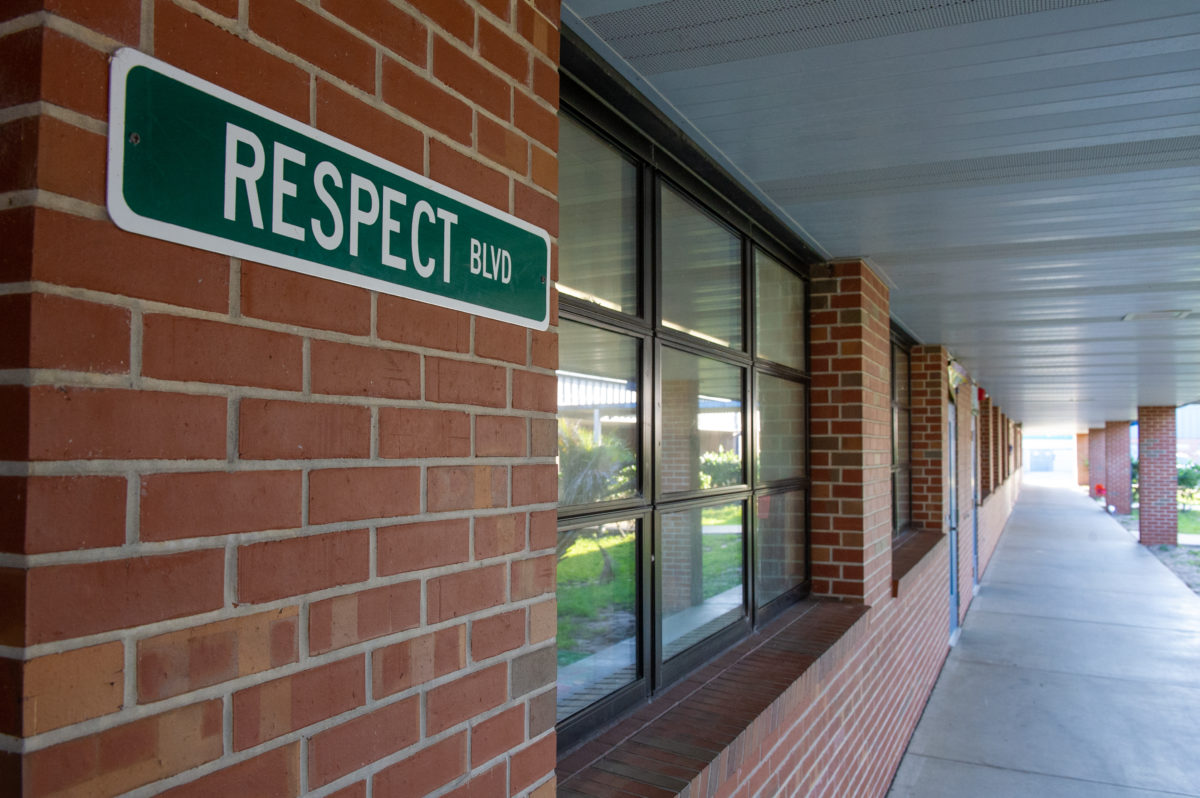
For many educators, there is a deep comfort in the tradition of a school year. We welcome the excitement of the beginning of the school year. There is a sense of predictably as we move from fall to winter, the standards covered during the year marking the time until spring leads to reflection and the end of the year. And then the summer break—a time to recharge and get ready to do it all again.
The pandemic and the move to distance learning, though, has disrupted what we have come to know and expect regarding school and teaching. We started a school year that felt completely known but the end of the year felt far from that. The pandemic and its effect means teaching will require a new approach, forcing leaders to reconsider their mission and vision for learning and then reimagine how it will look when staff and students return in the fall. How can teachers be supported as they prepare for a school year when they more than likely will have to deliver content in new ways?
In preparing for classes to begin this fall, school leaders will need to let go of longstanding traditions and practices that were in place simply because it’s the way things have always been done. To support the necessary changes for the year ahead, consider the following:
- Work to create avenues for out-of-the-box thinking
- Develop methods for clear communication
- Support meaningful risk-taking
Creating Avenues for Out-of-the-Box Thinking
School leaders and teachers will have to think differently about school and what the school day will look like, and it is important to have staff input when decisions are being discussed. Look at ways in which staff and other stakeholders can share ideas and be mindful of new approaches. Consider creating a digital arena where others can share and review ideas, questions, and concerns. This will support a variety of voices being heard and provide building blocks toward solutions. When discussing ideas, use language such as “What would happen if . . . ?” to push past barriers. For example, ask “What would happen if noontime recess was eliminated and recess was scheduled throughout the day?” As answers are shared, continue to ask “What would happen if” until you have drilled down to a potential solution.
Developing Methods for Clear Communication
Transitioning to doing things differently can be challenging for many, but clear methods for communication can assist in supporting teachers during transitions to new procedures. Be transparent about how updates will be shared and when they will occur. For example, imagine a situation where you need to communicate with teachers about a new digital platform to be used in the fall to deliver online learning to students. Use the platform to send updates to teachers. Learn the platform as a teacher would to help you understand how it works from their perspective. Encourage teachers to use the platform from a student perspective so they better understand how the student may receive the lesson.
Supporting Meaningful Risk-Taking
Most teachers did not go into the education field thinking that they would be teaching remotely. Now, of course, many teachers and school leaders find themselves deeply entrenched in the world of online teaching and learning, and it may require a great deal of risk-taking. School leaders should consider how to best foster safe risk-taking in support of staff. Set clear expectations to support teachers to take risks as they design learning opportunities for students. Look at ways to continue to build relationships with staff in a virtual world. Strong relationships will help teachers feel safe when taking risks.
While it would be easy at this time to feel pessimistic about the year to come, this can instead be a time of great hope. View the upcoming year as an opportunity: A chance to try new ways of designing our school day, for teachers to build deeper relationships with students and their families, and to let go of ideas of the past in order to forge new paths that will deepen student engagement and teacher connection.
Additional Resources
Planner for investing students in the rules:
